This will adjust to a specific phone screen size.
An Android SDK that provides a new size unit - sdp (scalable dp). This size unit scales with the screen size.
Use this for DP values: https://github.com/intuit/sdp
Example usage:
<LinearLayout
android:id="@+id/give_us_a_review_landmine_main_layout"
android:layout_width="wrap_content"
android:layout_height="wrap_content"
android:gravity="center"
android:orientation="vertical"
android:paddingBottom="@dimen/_27sdp"
android:paddingLeft="@dimen/_43sdp"
android:paddingRight="@dimen/_43sdp"
android:paddingTop="@dimen/_50sdp" >
<TextView
android:layout_width="wrap_content"
android:layout_height="wrap_content"
android:text="Intuit"
android:textColor="@android:color/black"
android:textSize="@dimen/_40sdp"/>
For more accuracy, follow this code and create a new layout with the same name as the one you want to recreate and add smallest-width as a parameter when you create a new layout and enter in the smallest width the WIDTH value you get from this code on the phone you want to create a perfect layout for (many screens have different sizes hence why you need to account for them and adjust accordingly):
void printSecreenInfo(){
Display display = getWindowManager().getDefaultDisplay();
DisplayMetrics metrics = new DisplayMetrics();
display.getMetrics(metrics);
Log.i(TAG, "density :" + metrics.density);
// density interms of dpi
Log.i(TAG, "D density :" + metrics.densityDpi);
// horizontal pixel resolution
Log.i(TAG, "width pix :" + metrics.widthPixels);
// actual horizontal dpi
Log.i(TAG, "xdpi :" + metrics.xdpi);
// actual vertical dpi
Log.i(TAG, "ydpi :" + metrics.ydpi);
}
(https://stackoverflow.com/a/13802113/9842400)
And in similar fashion, to test the given device on an emulator, find out the exact dimensions of the phone screen you want to create for, 1080 x 720 for example and create an emulator with those dimensions. Then you can see how it will look on the device you are aiming to create for.

